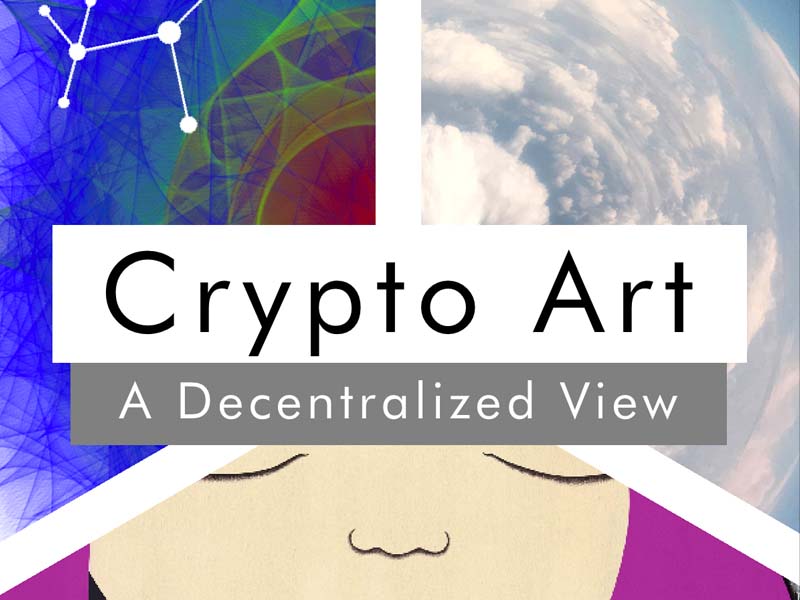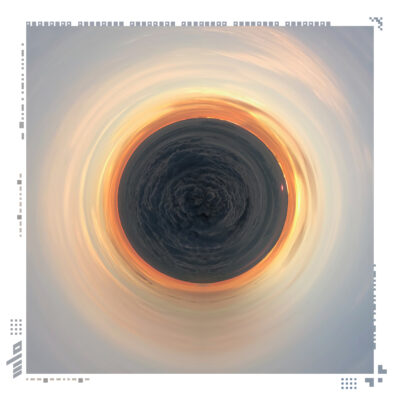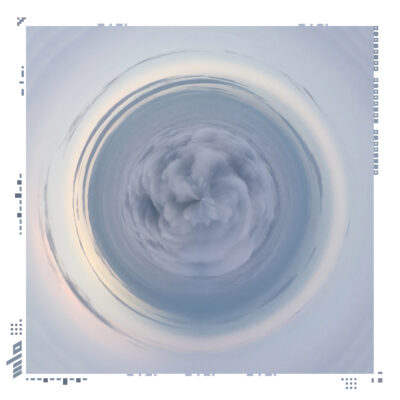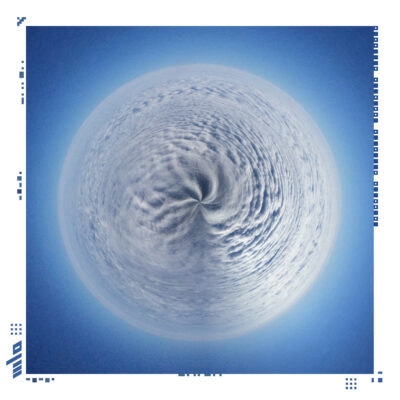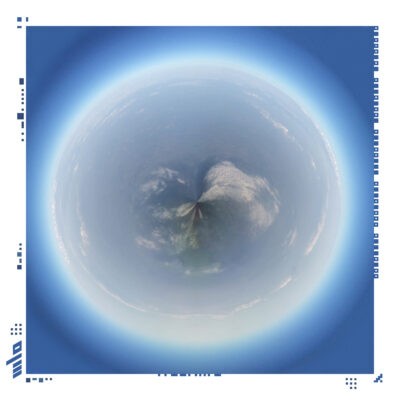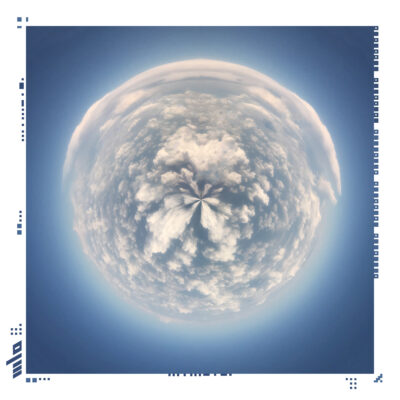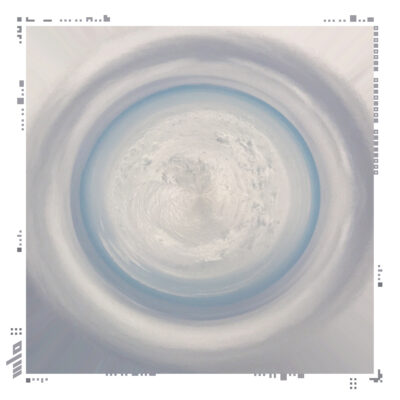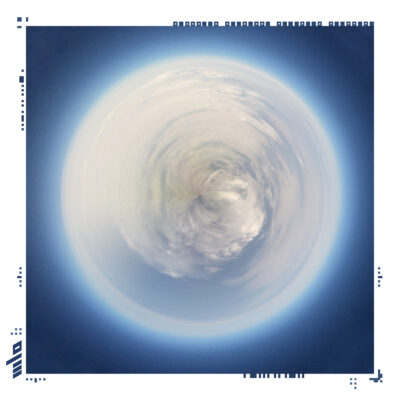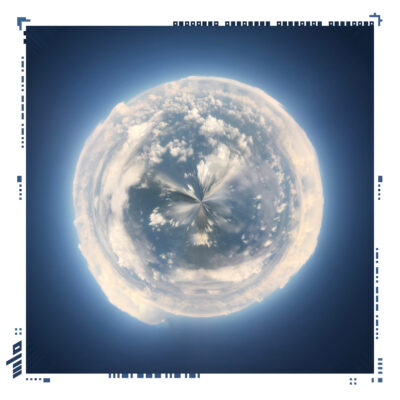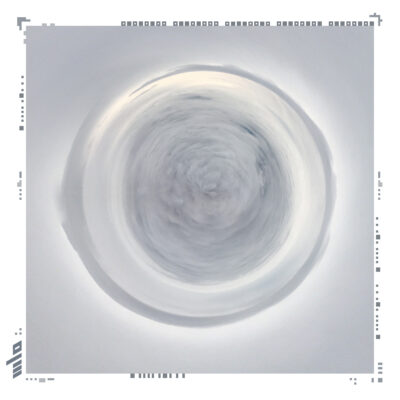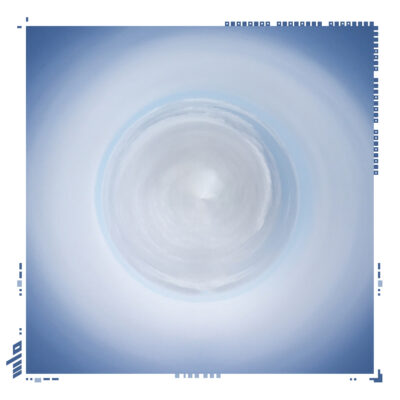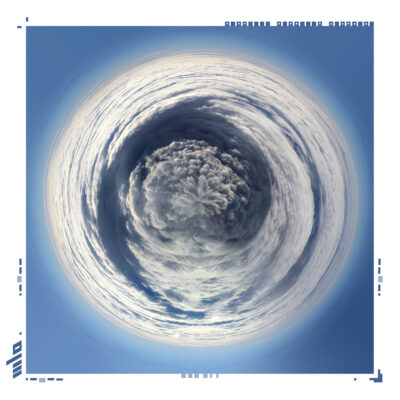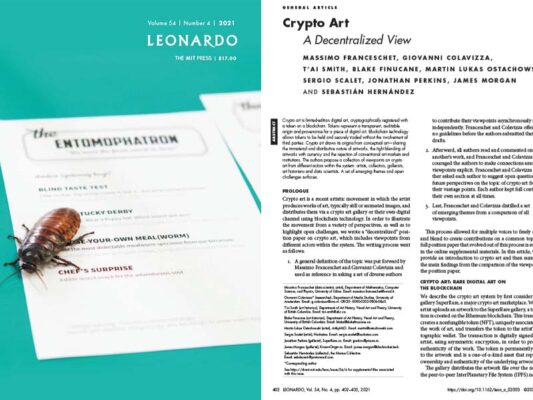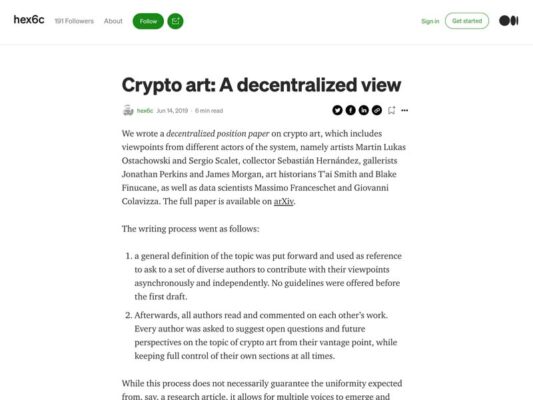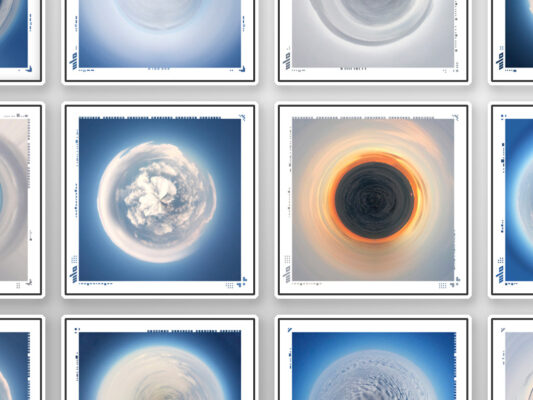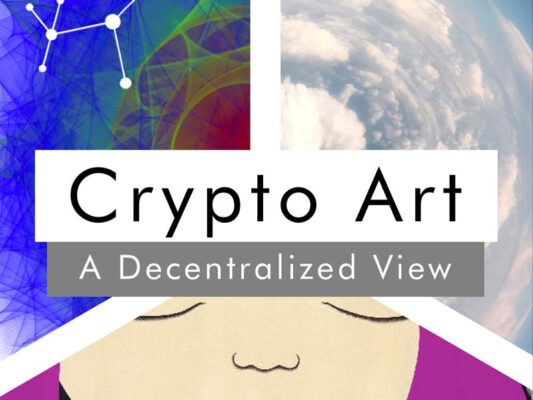During the past few weeks, I co-authored a position paper on crypto art, a digital art movement technologically linked to the Blockchain. Data scientists Massimo Franceschet (University of Udine) and Giovanni Colavizza (University of Amsterdam) initiated this paper which evolved towards decentralized perspectives of all involved parties on this relatively new subject. These parties include art historians T’ai Smith and Blake Finucane (University of British Columbia), art collector Sebastian Hernandez (Momus Collection), gallerists Jonathan Perkins (SuperRare) and James Morgan (KnownOrigin) as well as artists Sergio Scalet (Hackatao) and myself.
In a nutshell, the 38-page-long paper explores crypto art as an art movement within its historical context, the added value of merging digital art with blockchain technology, the economics within this field, the community and engagement around crypto art as well as the potential for data analysis.
In my contribution, I primarily enlarged on three core ideas defining crypto art as a digital art forum, an alternative market place and a multi-disciplinary collective.
1) A Digital Art Forum
This section elaborates on the fact that crypto art fosters a new type of digital art collector who appreciates crypto art’s relevance and its accessible character in comparison to traditional art outlets. The inclusion of crypto art in blockchain conferences, events and platforms are welcome additions to the few and limited opportunities to showcase digital art. Having made transferable ownership possible, crypto art also has the potential to drastically expand the reach of digital art into the traditional art world.
2) An Alternative Market Place
Crypto art platforms enable artists to tokenize and sell digital art. With the few opportunities to sell digital art outside of legally complex licensing agreements and relatively rare digital art commissions, crypto art platforms provide an attractive and new income opportunity and fuel the creation of new digital art. The impact crypto art has regarding early-career funding of artists is both remarkable and underrated.
3) A Multi-disciplinary Collective
One of the most notable aspects of crypto art is the distinct community built around the crypto art platforms. The group’s participants are international and come from a wide variety of backgrounds such as developers, scientists, enthusiasts and artists of all career stages and ages. Moreover, these groups form encouraging communities with artists critiquing each other, collaborating on new artwork or being commissioned by collectors.
In my section, I outline my experience in creating crypto art for over a year and to which extent it has changed my artistic practice.
In conclusion, I describe the limitations and opportunities for further development from the artist’s perspective. These are namely:
- Centralized processes on decentralized platforms
- Overtokenization and the need for curation
- Censorship of controversial art
- Locked price mechanism
- Overarching token standards and a crypto art registry
- Comprehensive expansion of secondary market sales commissions
- Fine art tokens
- Limiting simultaneous display
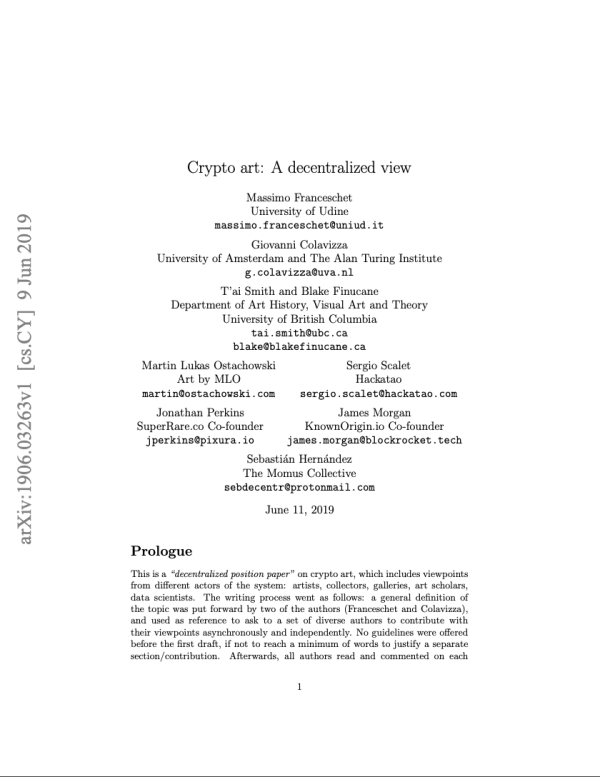
The full paper is published and can be downloaded on arXiv: https://arxiv.org/abs/1906.03263.
Published: June 9th, 2019
Format: PDF
Pages: 38
Size: 8,813 KB
Authors: Massimo Franceschet, Giovanni Colavizza, Tai Smith, Blake Finucane, Martin Lukas Ostachowski, Sergio Scalet, Jonathan Perkins, James Morgan, Sebastian Hernandez
You might also be interested in: Introducing Montreal to Crypto Art – Printemps Numérique #intersections VOL.9: Blockchain, from Promises to Applications
